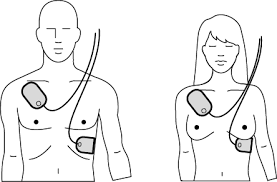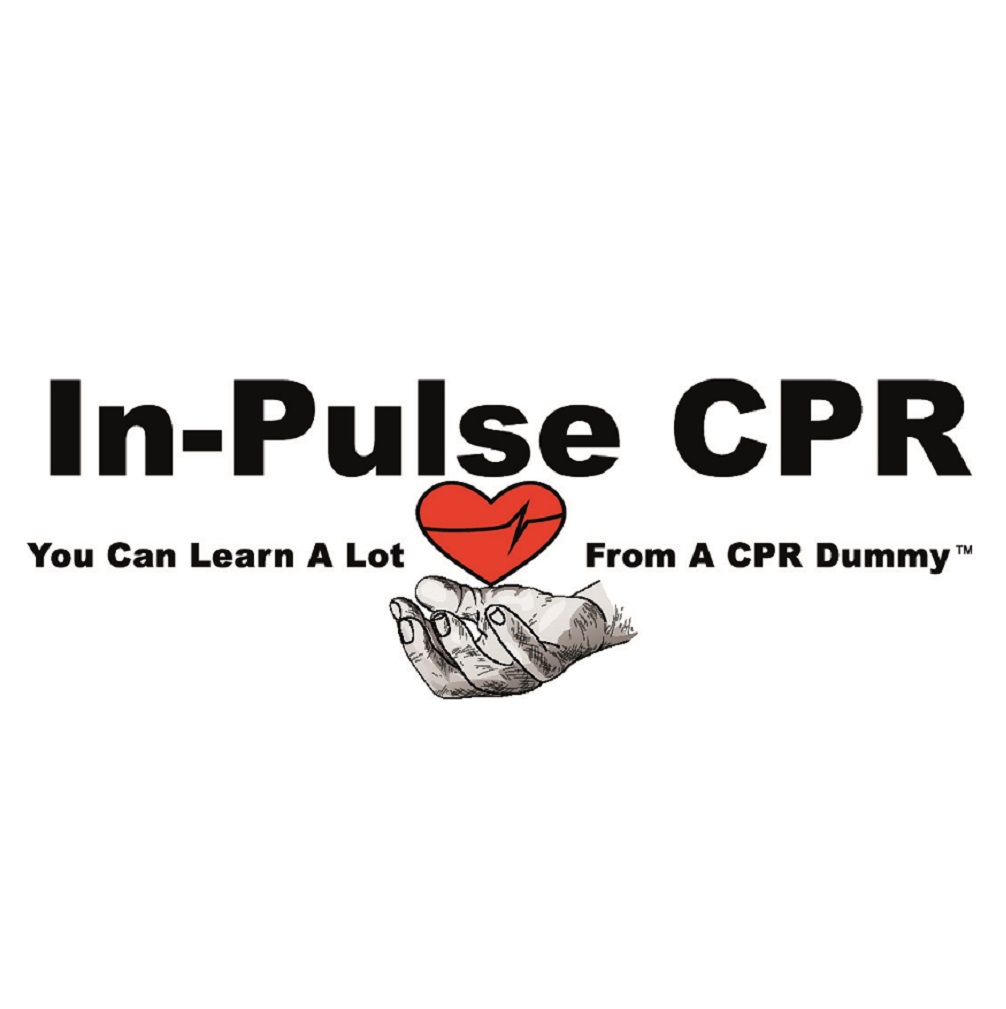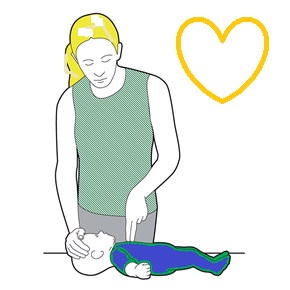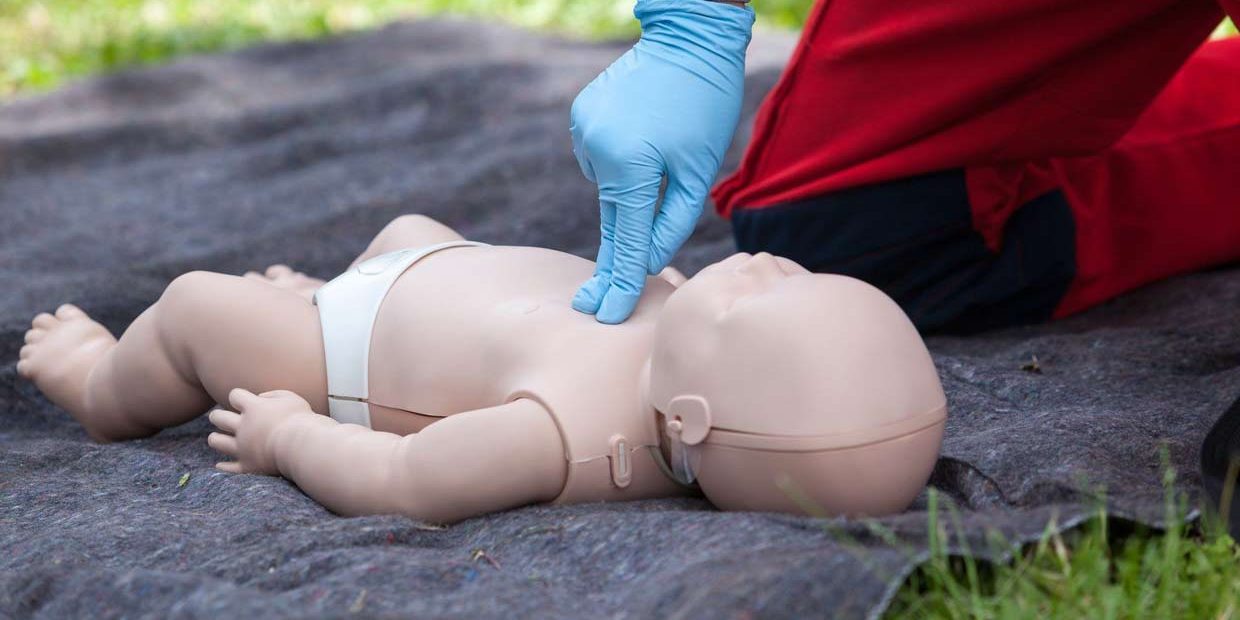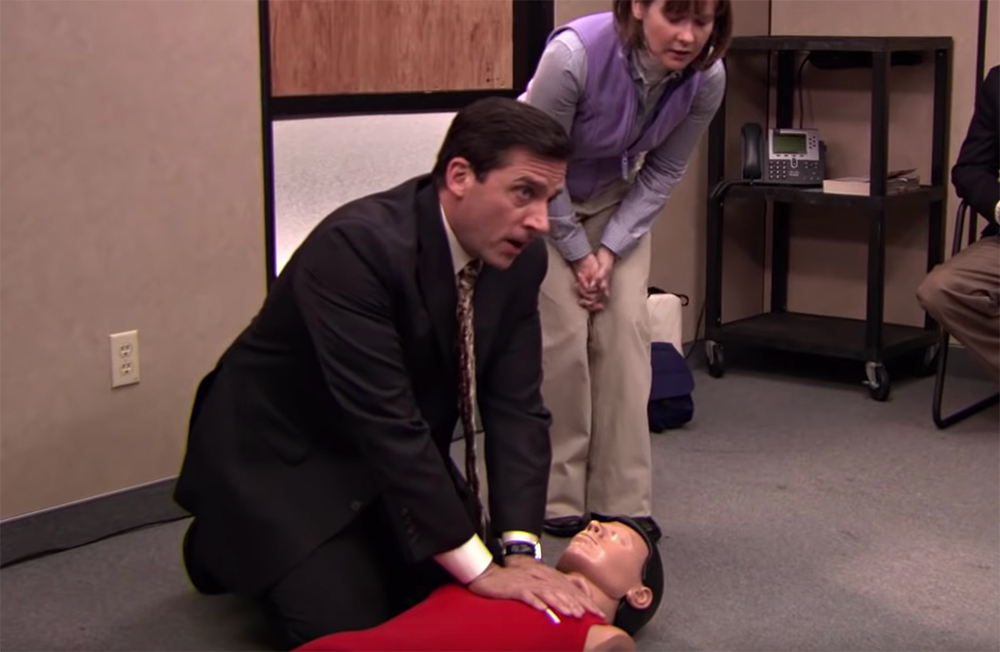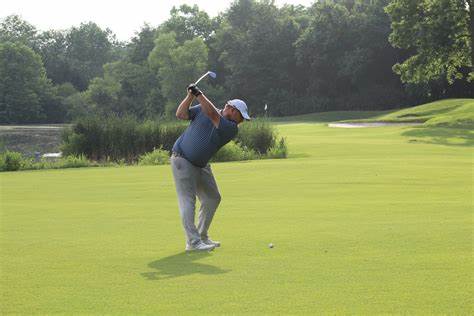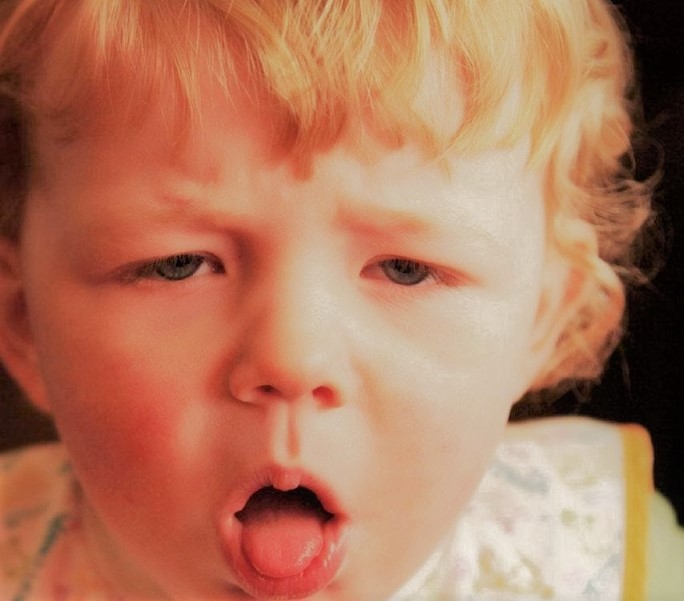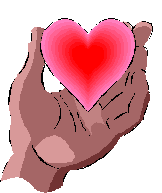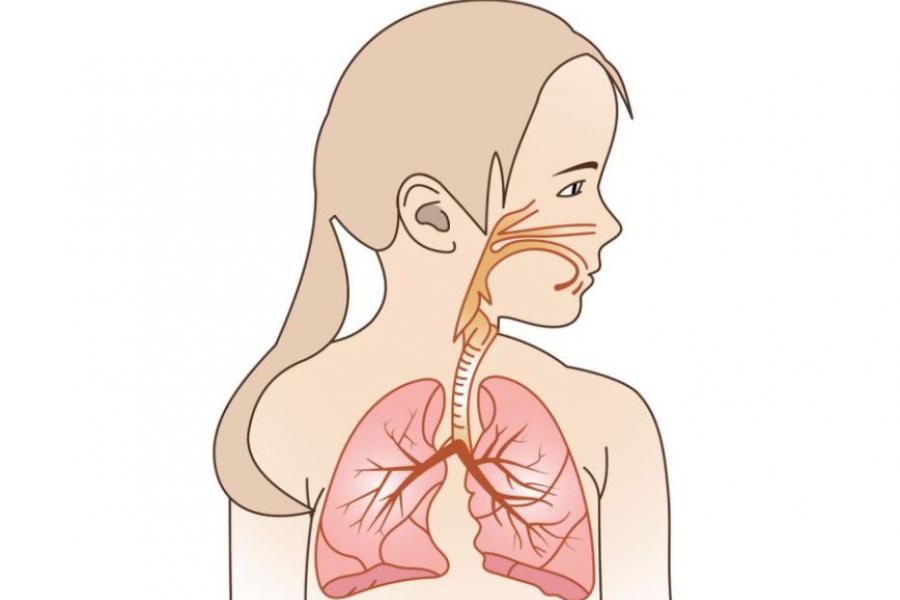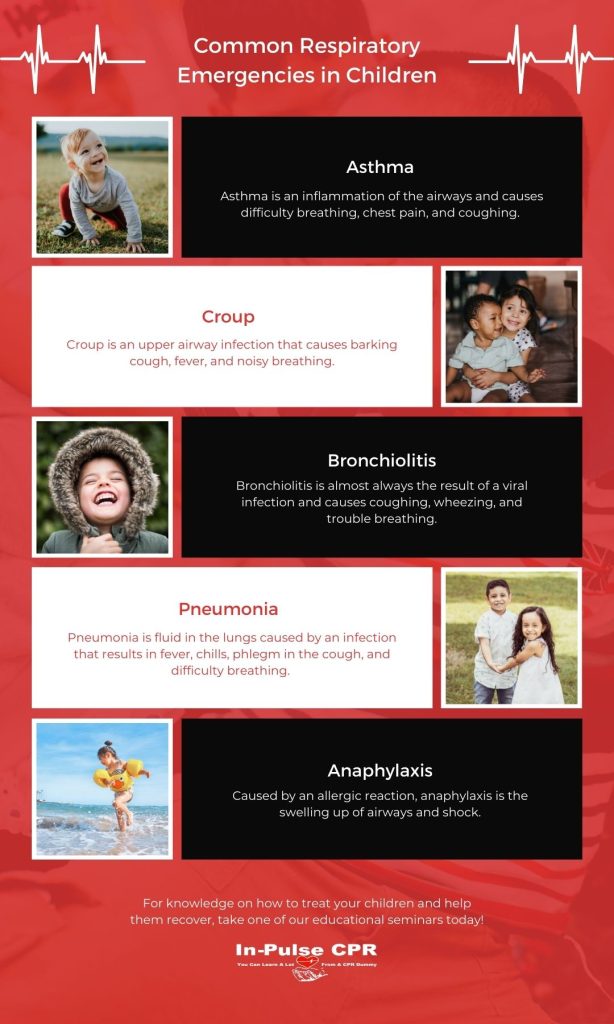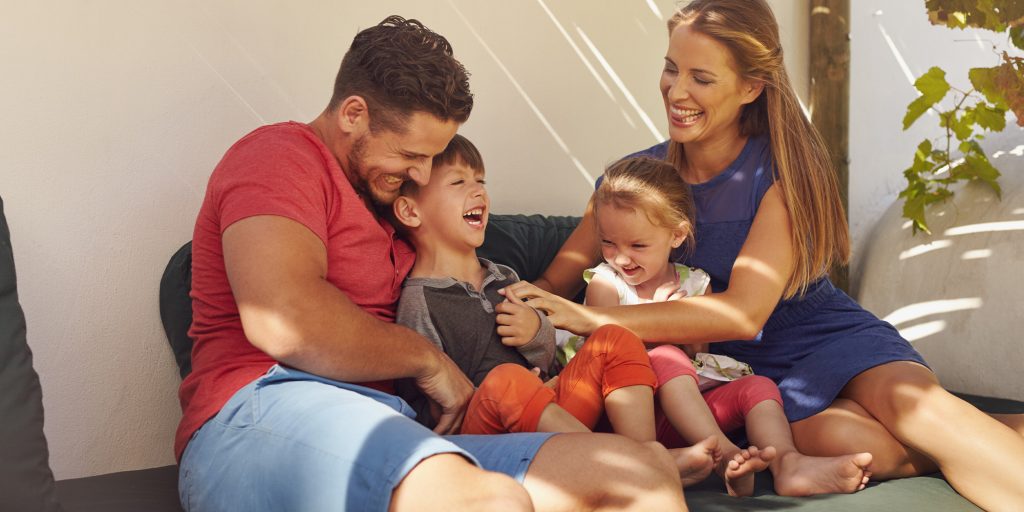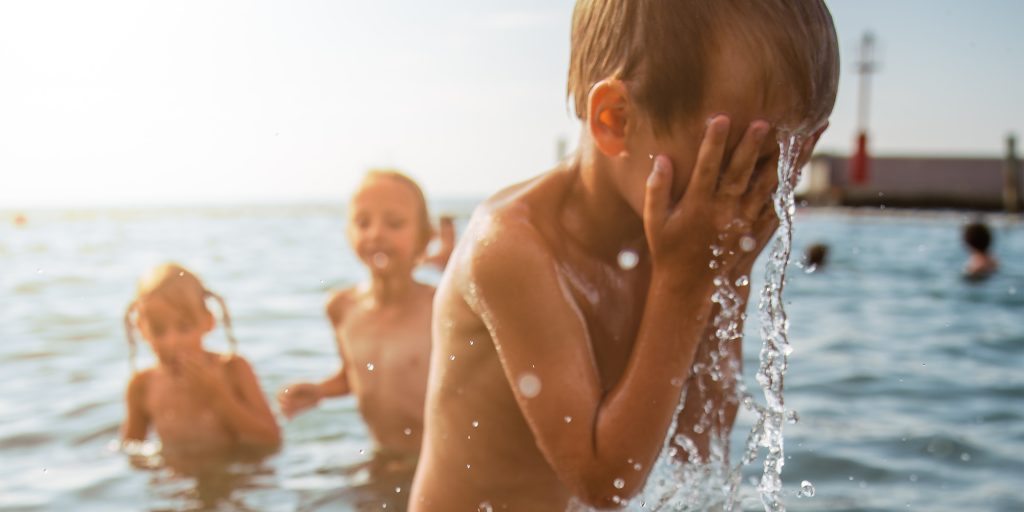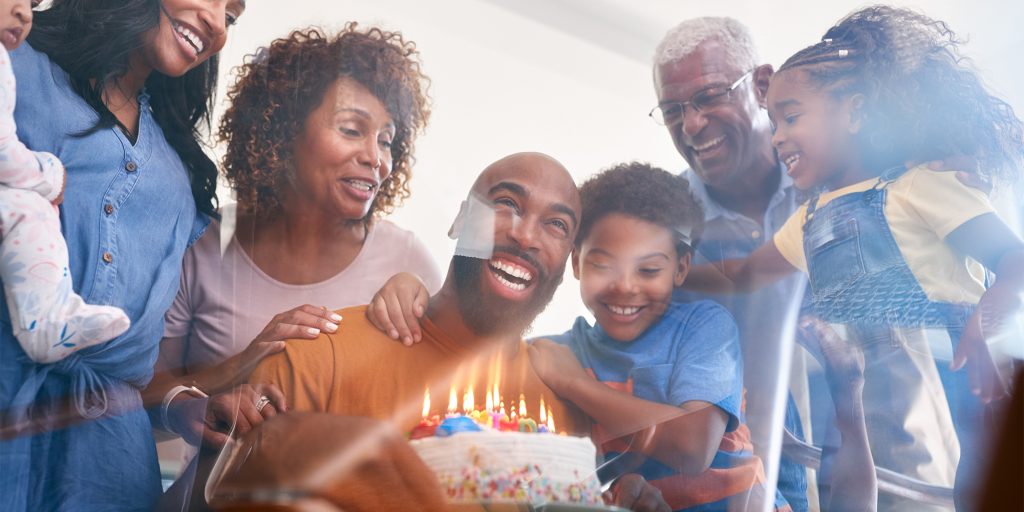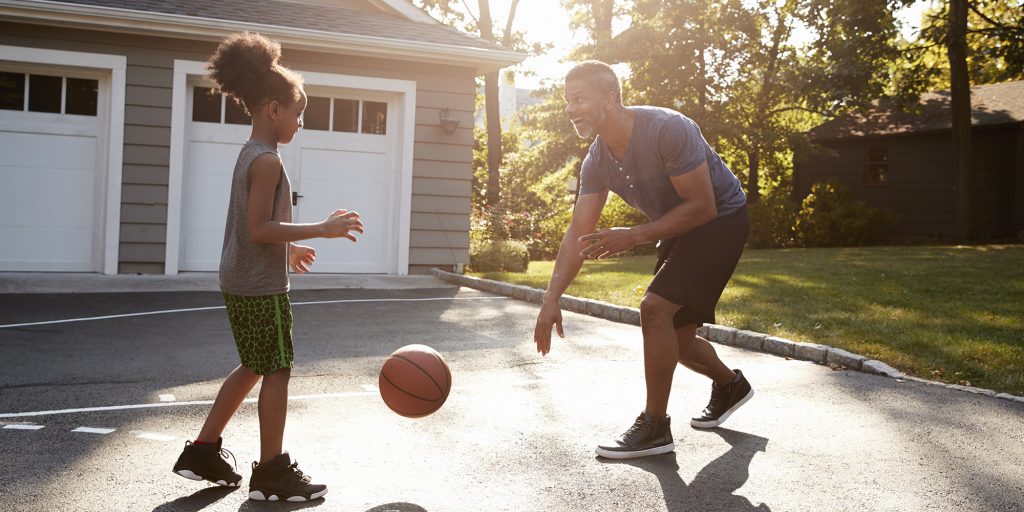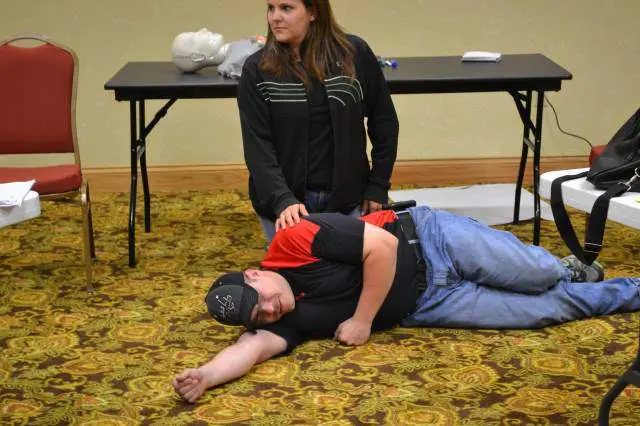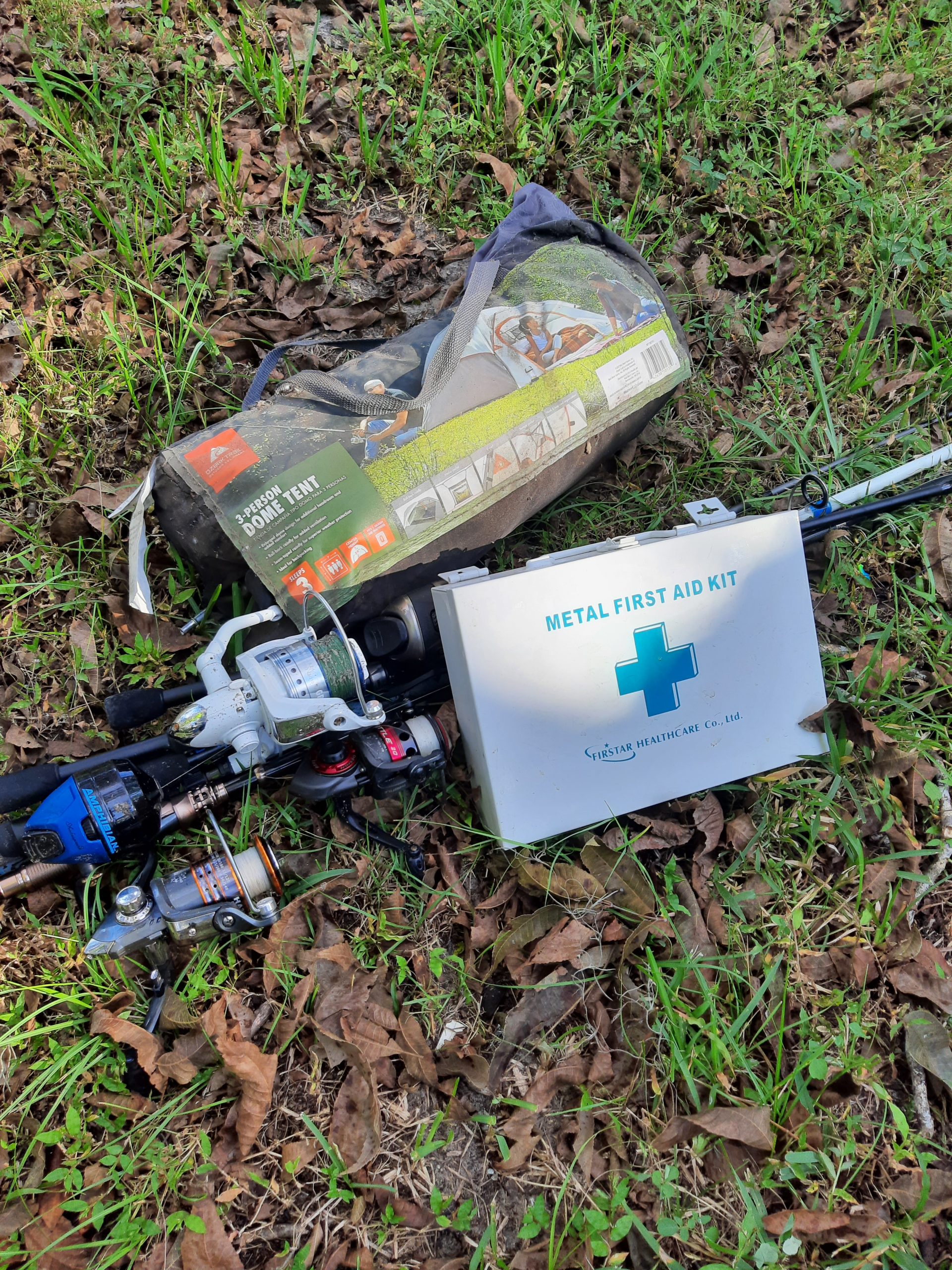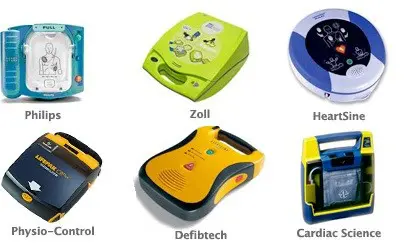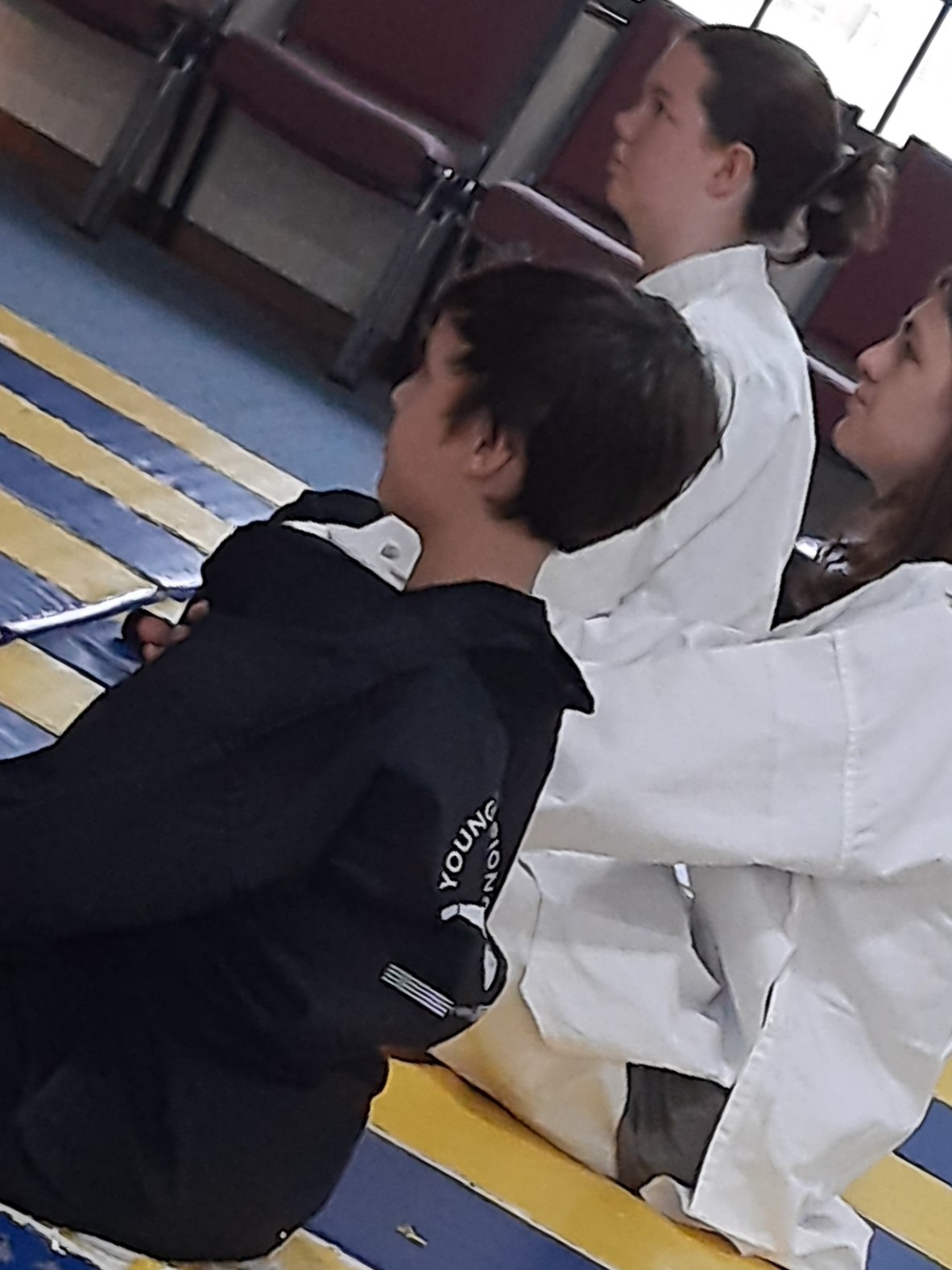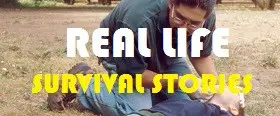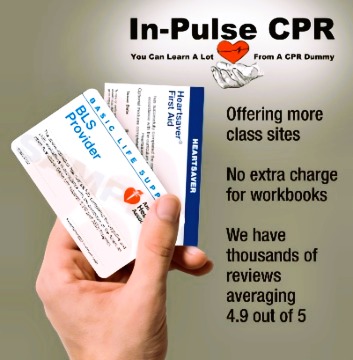Why do we need AED training?
Sudden death is not a rare event; each year close to 350,000 people suffer a cardiac arrest and without immediate treatment, a significant number die. Sudden death can occur at any time and in any location; the individual may suddenly stop breathing, lose consciousness, and collapse.
EMS ARRIVAL
When you come across a person who is having a cardiac arrest, the first thing to do is to call 911. But depending on where you are, the average time for EMS to arrive at the scene can vary from 5-to 10 minutes; and if it is rush hour the delay can even be more. When a person develops a cardiac arrest, the brain can only survive without blood for no more than 3-4 minutes. For each minute of delay in defibrillation, the odds of survival are significantly reduced by 10%. Even if the individual survives, residual brain damage is common.
Brain Injury
Even with successful CPR most patients will have various types of neurological deficits which may take months or years to recover. Because the nerves are very sensitive to the lack of oxygen, there is a risk of permanent brain damage. So if there is going to be a delay in EMS arrival the only chance of protecting the brain and other organs is having access to an AED.
However, even if you get access to an AED it is also important to request the services of emergency medical professionals. But once the victim’s heart rhythm is restored, the odds of survival are markedly improved but immediate care in an intensive care setting is necessary.
AEDs
AEDs have been around for about half a century and studies show that when used promptly, they can restore normal heart rhythm following a cardiac arrest. The latest AEDs are portable, light, rugged, user-friendly, and come with visual and verbal prompts. Because AEDs are effective in restoring heart rhythm after a heart attack, today they can be found in many places. This includes most work and public places including airplanes, railway stations, governmental buildings, and most sports arenas.
The latest AEDs can guide the rescuer on how to perform CPR and where to place the electronic pads on the victim’s body. These high-tech electrical pads can quickly sense the victim’s heart rhythm. And if there is a need will administer a shock to restore the heart rhythm.
Who can use an AED?
Because a cardiac arrest is a life-threatening emergency that requires immediate treatment, virtually anyone can use an AED. Even a child can use these devices in an emergency. More sophisticated AEDs are primarily used by healthcare workers who have good knowledge and training in the treatment of heart attacks. Most lay people usually use the simpler AEDs found in public places. There are at least 6 types of AEDs on the market for public use and they all work similarly. But still, a first-time responder should have some idea how these devices operate and when to use them.
Are there laws regarding the use of AEDS?
Over the past few years, all US states have defibrillator laws that protect the manufacturer. These laws also protect the bystander who provides CPR and uses the AED on a patient who has suffered a cardiac arrest.
What is the current status of AEDs in the US?
Currently, almost all states are working to do the following:
- Ensure that AEDs are readily available in all public places
- Encourage the public to learn how to use AEDs
- Ensure that all AEDs on the market meet the manufacturer’s standard
- Develop a registry of AED locations in every city
- Create good samaritan laws to protect citizens from liability
- Create a list of registered AED users who are certified
Operating an AED
The latest AEDs are so simple to use that even a child can operate the device. As soon as you remove the device from the box turn it on as it will provide verbal prompts on how to proceed.
However, before you use the AED it is important to know the signs of a cardiac arrest. If you come across an individual that has fainted or is unresponsive, before you use an AED you should do the following:
- Time is critical and you should move quickly and accomplish the below tasks within 10-15 seconds
- First, check if the individual is responsive/ ask the individual in a loud voice if he is okay?
- Quickly check the breathing, pulse and if he or she is unresponsive
- If there is no pulse and the individual is not breathing, ask someone to call 911
- If you are alone, call 911 before you start the resuscitation process
- Speak loudly if you see anyone approach you and ask if they find an AED; these devices like fire extinguishers will be found on the walls in glass cases.
- Turn the on switch on the AED as it will give you step by step instructions. The prompts will tell you how to check the pulse, breathing and where to place the electrode pads on the victim’s chest
- The electrical pads will immediately sense the victim’s heart rhythm and deliver a shock if needed. If the machine plans to deliver a shock, it will tell the user to stand back and press the red button to deliver the shock
- Once the defibrillator delivers the shock, you should start CPR. The AED will guide the user through the steps of CPR.
- Continue this process until emergency personnel arrive.
Watch videos
To get some idea how to use an AED, the Red Cross has online videos that can be viewed for free.



